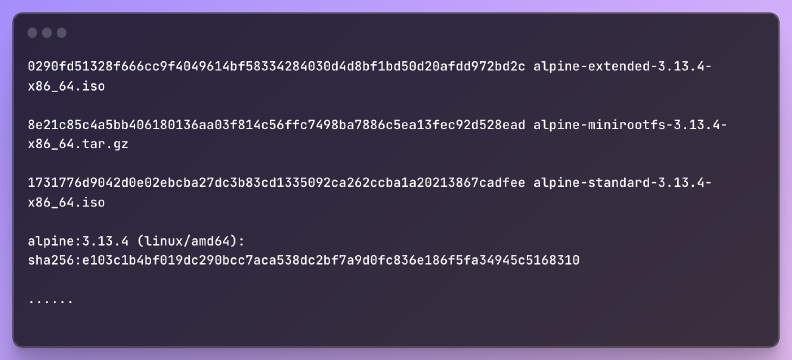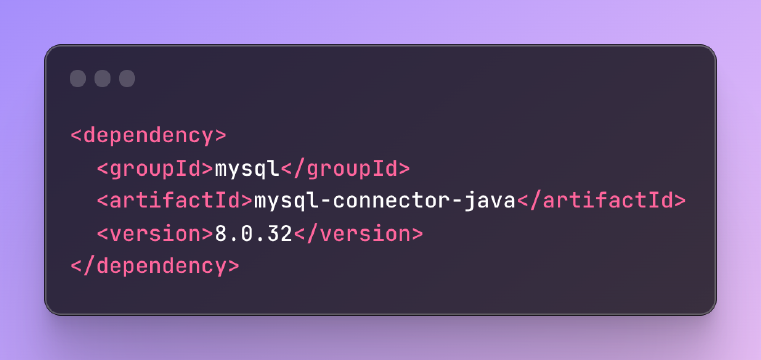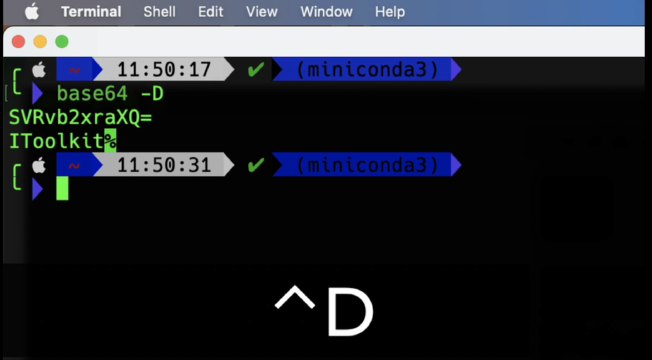Excerpt§
There is a close relationship between binary numbers and polynomials - binary provides efficient representation of polynomials leveraged in operations, mathematics, and applications like CRC error detection codes.
Introduction§
Binary numbers and polynomial equations are two fundamental concepts in mathematics and computer science that are closely interrelated. This article will explore how binary numbers can represent polynomials, operations on these binary polynomial representations, and their applications in key areas like error detection and correction codes.
Understanding the connections between binary numbers and polynomials provides crucial insight for working with digital logic, signals, and data.
Binary Numbers§
Binary numbers are base-2 numbers that use only two symbols - 0 and 1. For example, 1010 in binary represents the decimal number 10.
Key properties:
Base-2 number system with digits 0 and 1
Positional notation - each digit position represents a power of 2
Efficient representation for digital systems
Used extensively in computers and digital electronics
Polynomials§
A polynomial equation contains variables, coefficients, exponents, and mathematical operations. For example, 5x^3 + 2x + 1.
Key aspects:
Polynomial terms can have one or more variables like x, y.
Coefficients are scalar values like 5, 2, and 1.
Exponents denote the power each term is raised to.
Can represent lines, curves, and complex relationships.
Binary Representation of Polynomials§
Binary numbers can represent polynomial equations with these rules:
Each binary digit’s position corresponds to a polynomial term.
1 means the term is present, 0 means it is absent.
Highest power is the leftmost position.
Example:
Binary: 1011
Polynomial: x^3 + x + 1
Here, 1011 in binary represents the polynomial equation x^3 + x + 1
Operations on Binary Polynomials§
We can perform mathematical operations on polynomials represented in binary form:
Addition - Add coefficients digit-by-digit using XOR logic.
Subtraction - Same as addition by using XOR logic.
Multiplication - Shift and add partial products using AND and XOR logic.
Division - Successive long division or shift and subtract using XOR.
Application in Error Detection and Correction§
Binary polynomials play a key role in detecting and correcting errors in data transmission and storage.
Used extensively in cyclic redundancy check (CRC) codes for error detection.
A binary divisor polynomial is used to generate a CRC checksum for error checking.
Allows detecting accidental changes like noise, distortion, corruption.
Conclusion§
In summary, there is a close relationship between binary numbers and polynomial equations. Binary provides an efficient way to represent and manipulate polynomials which is leveraged in digital communications and error detection through CRC codes.
Understanding this binary polynomial connection gives insight into many aspects of computer science and digital systems. Exploring their uses in other mathematical operations and applications will uncover more of their interlinked nature.















